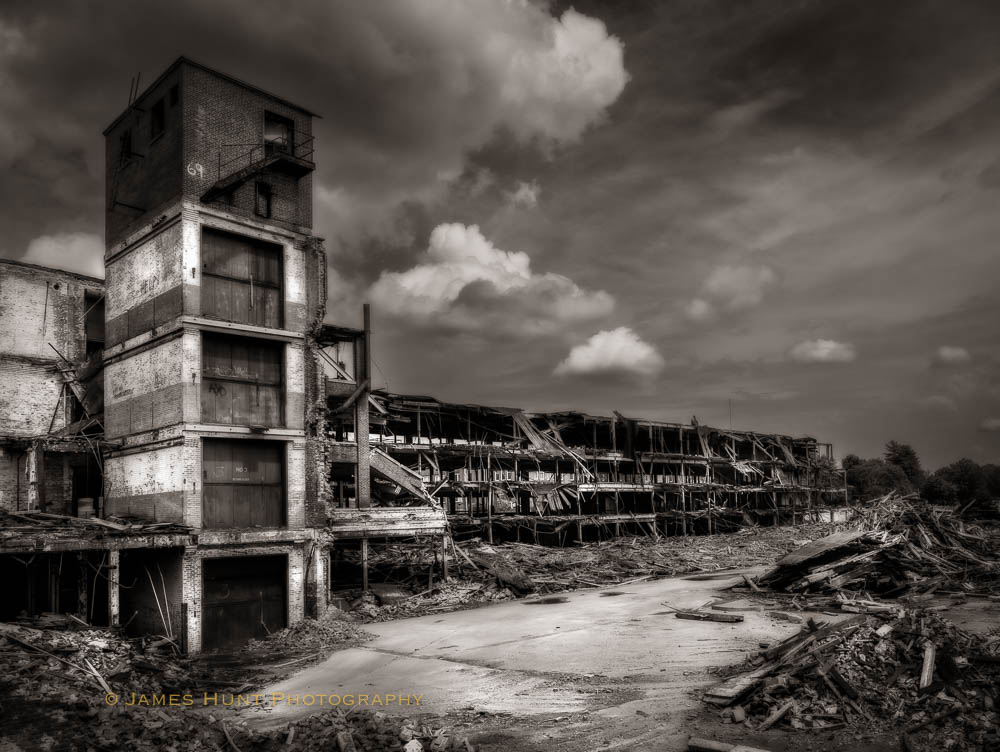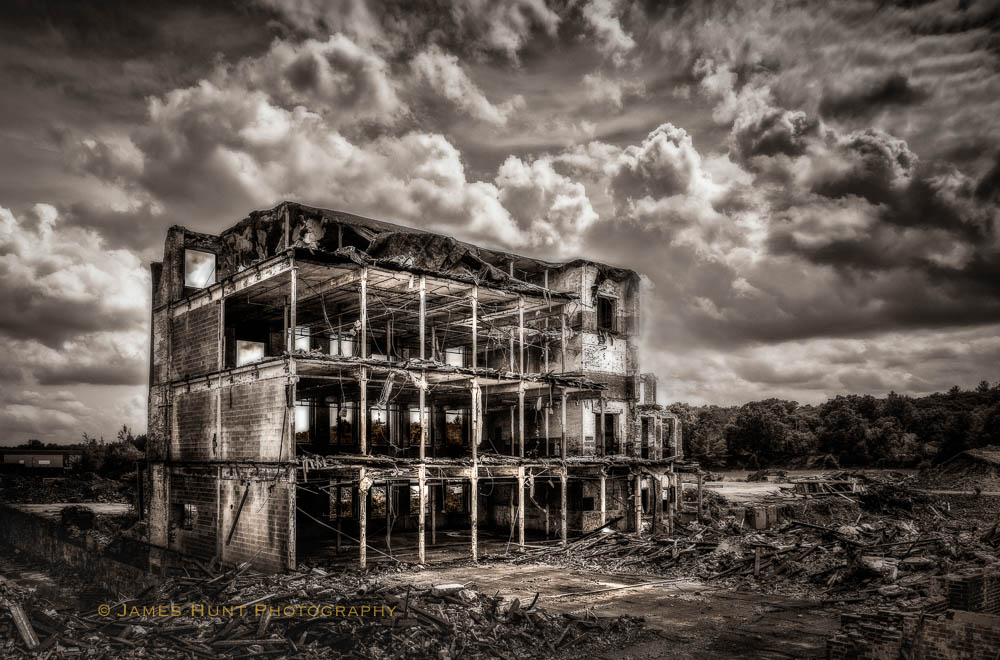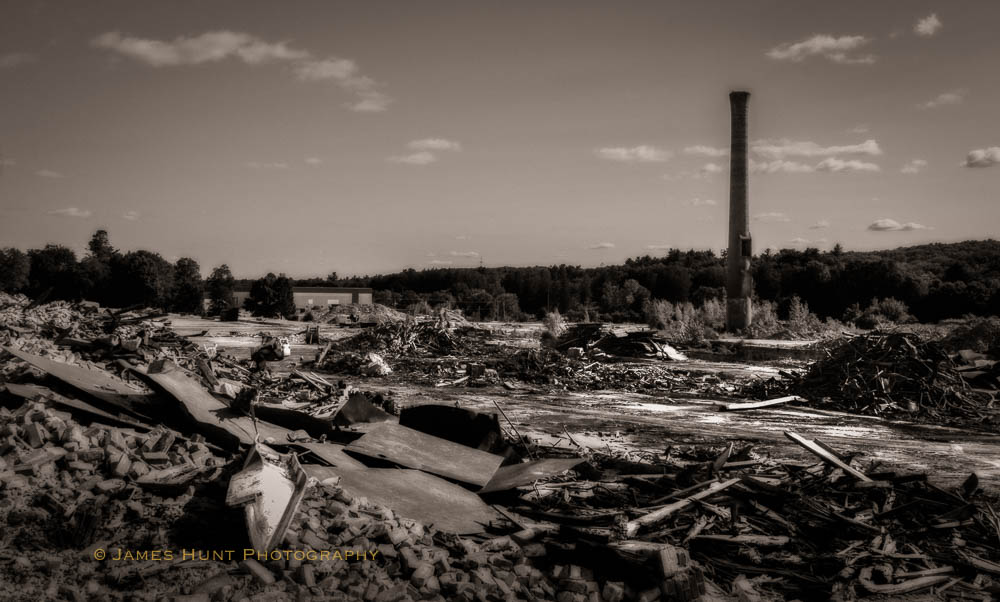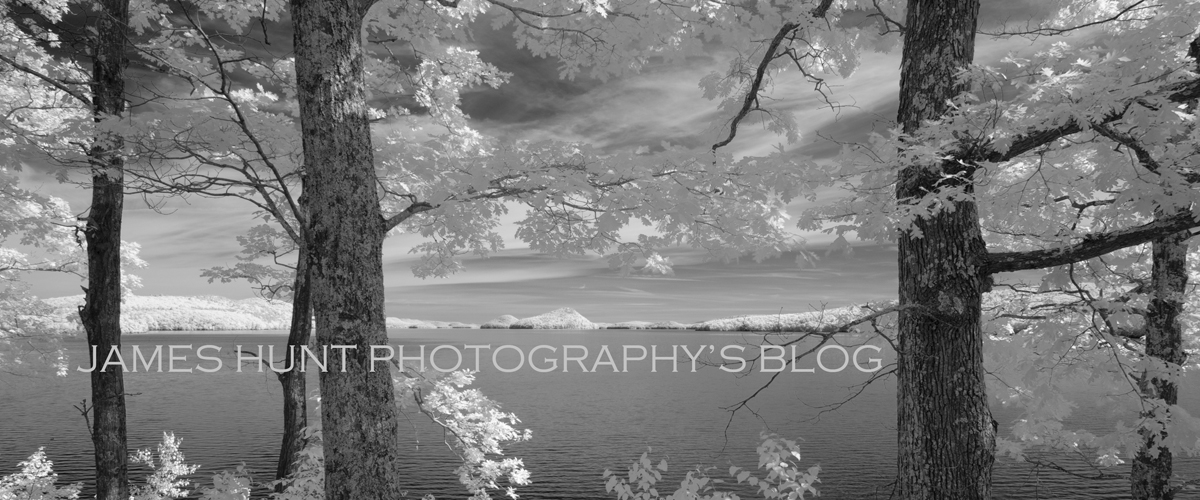Draper Factory Demolition – Upcoming Exhibition
I’m very grateful to David DeMelim and the Rhode Island Center for Photographic Arts for hosting an exhibition of my work from the demolition of the Draper Corporation factory building. I’ve been following this massive undertaking for the last 18 months. It has been a very compelling and complex project and it’s nice to be able to share it with others. The exhibition takes place at the Rhode Island Center in Providence beginning January 20th through February 11th. There will hopefully be an opening on the evening of January 20th, but who can tell given the surge we’re now facing. You can read the details and logistics here. Please stop in. I’ll offer some background along with images from the exhibition below.
In the summer of 2020 we were (and still are of course) consumed by the pandemic. My interest in photographing the Blackstone Valley of Massachusetts and Rhode Island was confronted with severe limitations. Creative inspiration was hard to find. I had been spending considerable time photographing the mills of the Valley, the engines of the industrial revolution in the U.S. really, for all that they symbolized. I wasn’t sure where to go with that project.
One of my favorite places was the Draper Corporation mill building in the quiet town of Hopedale, Massachusetts. Once upon a time, it was not so quiet. One million square feet of factory space there was devoted to the production of automated cotton looms. The Draper Corporation was once the largest producers of such looms in the world. It dominated that market for over 100 years. Over three thousand people worked at the headquarters plant there.
The Corporation ceased operations for all intents and purposes by the 1970s. The building has stood empty, at least officially, since then. (A friend of mine who works in the building rehabilitation business once told me that “abandoned buildings aren’t.” A word to the wise for those who choose to go in. I do not.). Nevertheless, the building stood, looming large in what is really this quiet, small New England town. As with many mill towns, life was dominated by the mill and the founding family/owners of the mills. The Draper family was actually quite benevolent historically. The mid-twentieth century brought conflict, but for most of the company’s history the relationships between corporation and employees was generally a good one. The Town of Hopedale was actually founded in the mid 1800’s as a utopian community, with strong religious and socialist values. That vision for the town lasted but a decade, but the impact of those values lived on.
There is mill housing in Hopedale as one would expect, but it’s the nicest mill housing I’ve ever seen. They established a community center and a variety of related institutions to support the populace. They developed a substantial and lovely park, including Hopedale Pond which was created by damming the Mill River which ran directly under into the mill and powered it for a time. In the middle of this rather lovely town is this……

One million square feet of empty and decaying mill building. It was without purpose. You could look up through the windows see holes in the roof. It didn’t take much of a leap of faith to imagine that the building was loaded with asbestos and other hazmat offerings. Perhaps worse yet, what if it were to burn? Massive old mills create massive and very dangerous fires. A police officer told me that if it burned they would have to evacuate much of the town. In spite of all this, the quiet grandeur of the building, on such a quiet street encouraged a senses of reflection, of the buildings history and purpose.
Old mill buildings such as at the Draper Factory seem to be waiting patiently for the next phase, whatever it might be. To a surprising degree, many have been repurposed, frequently into housing, occasionally into office/business space. Most however are not on the scale of the Draper factory. The buildings current owner had evidently tried to figure out a next phase of life for the building without success. With the support of a business development organization in the area, they managed to find funding to demolish the building.
I didn’t know this was happening. After hearing a rumor, Chris and I drove down and began to witness what was the beginning of a long process of very slowly and carefully dismantling the building(s) on the site. The collection of images culled from my visits only tells part of the story of the demolition. A demolition of this magnitude is an “awe” inspiring thing to watch. It is big, very big. It is also very loud. The process is very destructive of course. The cranes which are the primary tool for bringing down large structures seem to be working in mechanized concert (they actually are). They seem to have a life of their own. People watch in fascination. I did manage to capture video footage of the demolition itself which I’m editing into something that might be useful to watch, to share the experience.
These images are more related to my reflections on the meaning of the demolition. Imagine it is 100 years from now. You are in Silicon Valley, watching the demolition of the headquarters of Apple Computer (or any of the big tech firms), a company that dominated its market and played a role in shaping the world. It’s time had passed and it was no longer relevant. The building was coming down. What would that mean? You could analyze the situation from a business perspective. The Draper Family and subsequent owner/managers were faced with intense competition and the need to continuously innovate. Their competition was increasingly global. Cotton was no longer the dominant raw material that it once was. Maybe the managers of the company just couldn’t keep up. Perhaps the building’s demise simply meant that the managers made mistakes and ran out of the ability to innovate their way out of those mistakes.
Another take is possible, one that draws on history. This was a company that helped make the industrial revolution a reality. It was one of the facilitators of a massive expansion, a boom, in the textile industry that reshaped much of the world, particularly the U.S. A growing market, new technology and cheap raw materials set the stage for “cotton mill fever,” as it has been called. There was much money to be made, now. Everyone who could jumped into the textile business in the early 1800’s. Little attention was paid to the long term implications of such boom for society or for the environment, or even for business. Economic booms consume everything in their paths.
The textile industry in New England worked largely with three different raw materials, cotton, wool and flax. Cotton was first as spinning and then weaving cotton in mechanized devices was easier than the other two. Cotton of course was grown by enslaved people in the southern U.S. (in part on plantations in which northern industrialists held interests). The textile boom fueled a massive expansion of slavery and was one of the factors that led to the U.S. Civil War. The massive expansion of mill operations relied on water for power and for the disposal of unwanted by byproducts including many many toxins. The Blackstone River and its tributaries, once considered the hardest working river in the U.S. became one of the most polluted rivers in the U.S., one that inspired the Clean Water Act. The textile boom did create wealth for some, but not for all. The end of the textile boom in the Blackstone Valley and New England more broadly left thousands of workers who needed to start over. Some of the towns and cities of the region clearly show the impact of the social upheaval that followed, in particular the economic impact. Everything comes to an end at some point.
We have been conditioned to think about an economic boom as something to welcome. After all, what’s the alternative? People need jobs. Society needs innovation. Some of the main actors in the the textile boom such as Slater and Lowell actually were very concerned about “cotton mill fever.” They had both witnessed mill life in Britain with its social and environmental degradation. They could foresee that unchecked or unmanaged growth would be bad for nearly everyone and, bad for business. Yet, even with that awareness they were full participants in the expansion that followed. There are plenty of booms going on today; in Silicone Valley of course, and in the oil patches around the world and right here in New England in the expansion of the biotech industry and the massive growth in lab space. What do we make of all this?
Time to wake up and share some images. The process begins here, emptying the building, of everything. FYI, this is when remediation from hazmats such as Asbestos takes place.




Then the demolition.





The smokestack is now gone. The land is being cleaned, a task taking many months. Each brick, deemed usable, was chiseled free of mortar by hand, believe it or not, then stacked and sold. The Mill River that ran underneath the building itself is now visible, though not in this image. It still takes a right turn, along a channel made by the original builders. It isn’t clear where it goes next.














